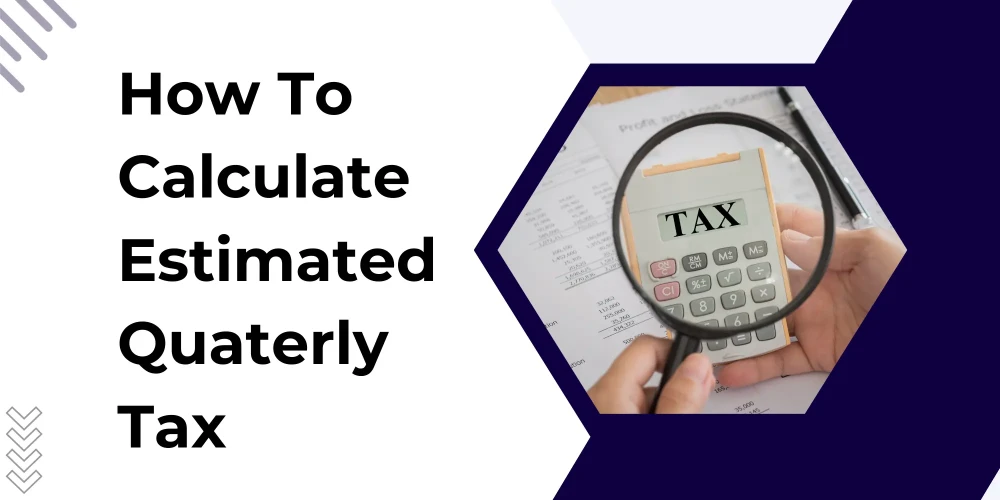Table of Contents
Unleash the opportunity to maximize your tax savings! The Earned Income Tax Credit (EITC) provides an opportunity for lower-income individuals to boast their financial benefits. Many individuals falling in this category with earned income may qualify for the earned income tax credit. The amount of the credit depends on the taxpayer’s earned income and the number of qualifying children in your household. What makes EITC stand out is that it is not just about deductions but partially refundable credit, back in your pocket.
With EITC always keep in mind that the credit phases out once earned income exceeds a threshold amount based on filing status. To seize this golden opportunity taxpayers must always remember to file income tax returns to claim the Earned Income Tax Credit.
What is the EITC Eligibility?
Eligibility for this credit is for individuals who have their earned income below the applicable threshold amount, particularly those with at least one qualifying child.
Even if you do not have a qualifying child you can still enjoy the benefits through the “Childless EITC” under some conditions:
|
(1) |
Residency Excellence: The taxpayer’s principal place of abode is in the United States for more than one-half of the tax year. |
|
(2) |
Age Sophistication: Enhance the eligibility by meeting the age criteria. The taxpayer, or one spouse on a joint return, is at least age 25 and under age 65 before the close of the tax year (Note: Though this age range is expanded for 2021, as discussed at Earned Income Credit for Childless Taxpayers in 2021). |
|
(3) |
Independent Tax Status: Strengthen financial independence by ensuring that no other taxpayer can claim you as a dependent for the tax year. |
Unlocking the Benefits: Qualifying Children and the ETIC
Delve into the criteria that define a qualifying child for the Earned Income Credit (EITC) and open opportunities to prominent tax advantages. To claim this credit, each child must meet specific tests, ensuring a fair and accurate application of the benefits:
- Eligible Relationships: Your qualifying child can have a wide range of relationships which incorporates that the child can be your biological child, adopted child, stepchild, foster child, or grandchild. The child also can be your sibling, half-sibling, step-sibling, or any of their children.
- Age Requirement: For EITC qualification the child must be under 19 at the end of the year or under the age of 24 if they are a student. However, there is no such age limit for an individual who is permanently disabled.
- Residency Conditions: The child must have resided with you or your spouse in the US for more than half of the year.
Furthermore, for each child you're claiming with the EITC, you’ll also need:
- A Social Security number, ensuring that the information matches the child’s security card.
- Their birthdate information.
Married individuals generally must file a joint return to claim the EITC. However, starting from tax years beyond 2020, separated spouses may be treated as unmarried for purposes of the EITC if he or she:
|
(1) |
They do not file a joint return; |
|
(2) |
They live with a qualifying child for more than one-half of the tax year. |
|
(3) |
They either do not share a principal place of abode with the other spouse for the last six months of the tax year, or they have a separation decree, instrument, or agreement other than a divorce decree, and are not a member of the other spouse’s household by the end of the tax year. |
How to Qualifying for the EITC:
To be eligible for the EITC, you must have made at least $1 of earned income. There are also other important rules to keep in mind:
- Investment Income Cap: Make sure your investment income must be less than $11,000 in 2023(rising to $11,600 in 2024) to meet the qualification criteria.
- Annual Earnings: Your earned income, excluding pensions and unemployment, must be at least $1. This includes wages, salaries, tips, and other compensation reported on Form W-2. Strike benefits, long-term disability benefits, and statutory employee income also count.
- Understanding Investment Income: Dive into the details of investment income, encompassing interest, dividends, tax-exempt interest, net income from rents or royalties, and capital gain net income. Notably, gain from the sale or exchange of assets used in a trade or business treated as long-term capital gain isn't considered investment income for EITC purposes.
- Self-Employment Earnings: Net earnings from self-employment contribute to earned income. While the threshold for self-employment tax liability is generally $400, all net self-employment earnings are included in earned income. Plus, enjoy the benefit of deducting half of applicable self-employment taxes.
- Exclusions from Earned Income: Some sources are excluded from earned income, such as pension or annuity benefits, certain government benefits, interest, dividends, alimony, child support, and more.
Navigate the intricate landscape of EITC eligibility with confidence, armed with the knowledge to maximize your financial advantages. The Earned Income Credit awaits – claim what you deserve and embark on a journey towards financial prosperity!
Uncover Your Financial Potential: Earned Income Tax Credit 2023
As you prepare for the 2023 tax year (taxes filed in 2024), the earned income credit ranges from $600 to $7,430, depending on your filing status and how many children you have. Mentioned below are the maximum 2023 earned income tax credit amounts, plus the most you can earn before losing the benefit altogether.
|
Number of children |
Maximum earned income tax credit |
Max AGI, single or head of household filers |
Max AGI, married joint filers |
|
0 |
$600 |
$17,640 |
$24,210 |
|
1 |
$3,995 |
$46,560 |
$53,120 |
|
2 |
$6,604 |
$52,918 |
$59,478 |
|
3 or more |
$7,430 |
$56,838 |
$63,398 |
The IRS provides a worksheet and tables in the Instructions for Form 1040 to calculate the credit. The IRS website also offers an EITC Assistant to help determine eligibility for the credit and estimate its amount.
Effective tax planning is a very crucial step while planning your finances, Without any efficient strategy, taxpayers may face the risk of incurring high tax bills and missing out on potential deductions. A lack of awareness about the eligible deductions can lead individuals and businesses to leave money on the table. NSKT Global stands out as a premier provider of tax and accounting services. The company is recognized for its highly skilled and dedicated team of professionals. Visit the official website of NSKT Global to discover how their services can be leveraged to reduce your tax liability and prevent financial losses.
The information provided here is for general informational purposes only and should not be construed as professional advice. The tax-related content on this blog is based on our understanding of tax laws as of the date of publication and may be subject to change.







